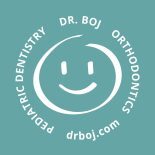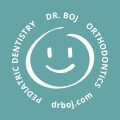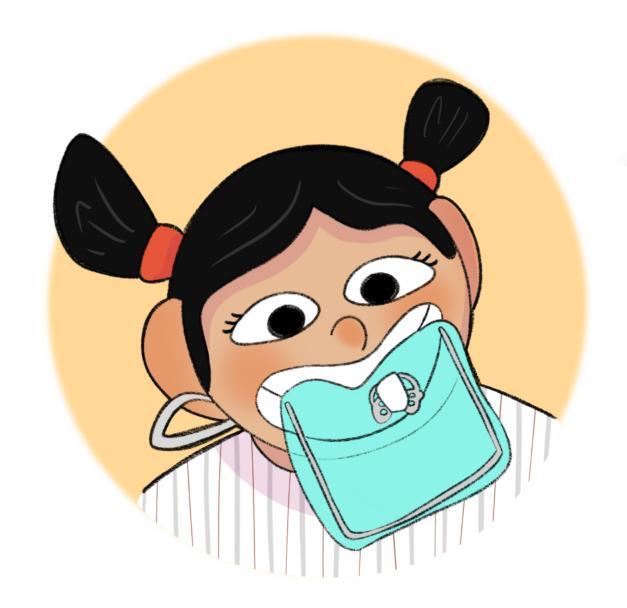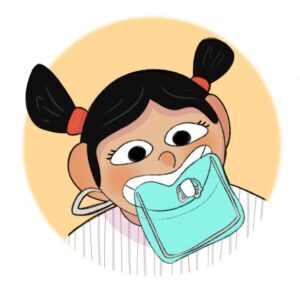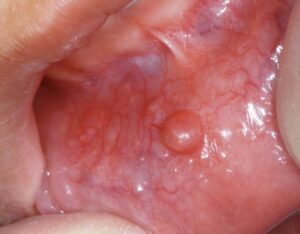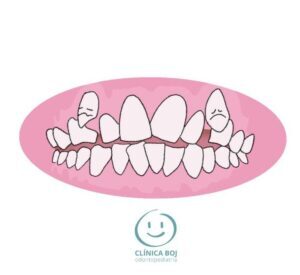Incisor teeth: what they are and treatment
What are the incisor teeth?
The incisor teeth in pediatric dentistry are a type of teeth that plays an important role in the middle of the smile. The two upper central incisors are the first we see in the front of the mouth.
In infants, children, and young people, pediatric dentists consider the upper incisors the most aesthetically significant. Above all, the appearance of these teeth affects self-esteem. In addition, they play a prominent role in the personality of each individual.
The main functions of the incisor teeth are:
a) to bite down on hard food,
b) to grind food into smaller pieces; and
c) to stretch the food.
Located in the upper arch
Normally, we have four upper incisors located at the front of the upper jaw.
If we add the four lower incisors located in the mandible, we have eight front teeth in total between both jaws.
Two lateral incisors exist to the right and to the left of both central incisors.
Central incisors
Therefore, we have two central incisors that are rectangular in shape. They are the closest to the midline or the center of the smile. Next to them, one on the right and one on the left are the mandibular and maxillary lateral incisors. Both central and lateral incisors are the most prominent teeth in the front of the mouth.
Lateral incisors
The two lateral incisors right and left of the central incisors are similar in shape to both central incisors, but slightly smaller in size.
Both teeth have sharp edges called incisal edge, made of tooth enamel. The upper teeth have it located in the lower part of the tooth, while the lower teeth have it in the upper part.
In addition, these teeth include faces:
a) vestibular or buccal face
the one that rubs against the lips and the one that we see at first sight, and
b) palatal or lingual side
which, as its name indicates, is adjacent to the tongue. In other words, it is the part that you touch when running your tongue over your teeth.
How do you fix an incisor?
In most cases, mandibular or maxillary central incisors suffer dental fractures because of a traumatism. With no doubt, mouth guards are useful to avoid a broken or cracked tooth, especially if playing sports.
Fractures can be “simple” affecting an amount of enamel alone or enamel and dentin. The so-called “complex” fractures affect not only enamel and dentin, but also the pulp (nerve) or root canal of the teeth. To clarify, the pulp is the most intern part of the tooth.
In the latter cases, before considering aesthetics, the pediatric dentist should perform the necessary pulp treatment.
Therefore, the treatment of broken or cracked teeth could be:
a) a direct capping,
b) a pulpotomy,
c) an apico-genesis,
d) an apico-formation,
e) a re-vascularization,
f) endodontics, or even
g) an apicoectomy.
Another reason, less frequent than fractures in incisors, is tooth decay either:
a) on the labial (tooth) surface, or.
b) lingual (back), or
c) between the teeth, also known as interproximal (next to each other).
Finally, we can also mention another indication for aesthetic treatment in maxillary or mandibular central incisors:
a) defects in shape (jagged edges),
b) color or
c) structure.
Grinding your teeth sometimes may affect the structure of the enamel and dentin.

How to correct (treat) an upper incisor?
Certainly, pediatric dentists will restore it with aesthetic composite resins. Also, we will sculpt these resins to model the teeth until we achieve the desired shape.
Therefore, the desired shape is always the same as the incisor on the other side (contra-lateral). When fixing a broken right maxillary central incisor, we copy the shape of the healthy left front tooth.
For these esthetic reconstructions, the following dental materials are used:
a) Acid etch gel that opens micropores in the enamel necessary for the retention of the esthetic material.
b) A dentin adhesive.
c) An “opaquer” helps avoid, opact, or cover the darkness that a deeper layer of dentin can show.
d) Esthetic resins of various colors and shades to obtain the ideal color in the treated incisor.
e) A halogen light to polymerize the resin.
Sometimes large fillings or restorations are necessary.
When do upper incisors fall out?
Approximately, the upper central temporary incisors exfoliate between 6 and 7 years of age.
However, the replacement process of the upper and lower incisors is not the same in all patients. We may see children lose upper central incisors or upper lateral incisors at 5 years of age and others at 8 years of age.
The left central incisor and right central incisor usually fall out at the same time.
Typically, the lower central incisor gets loose before the upper central incisor. Most often it is between half a year and a year earlier, i.e. around the age of 6 years.
However, for the lower ones (lower central and lateral incisors) also a high variability in time to erupt is normal. Without doubt, peer reviewed studies corroborate it.
If dentists are unsure about baby teeth falling out, they can take a panoramic X-ray of the entire mouth. Certainly, we will have more information about the eruption of the permanent teeth. Pediatric dentists also understand the location of the lateral incisors.
Why do I still have baby teeth at 15?
The deciduous (baby) dentition consists of 20 teeth that begin to erupt from 6-8 months of age. At the end of growth, the permanent dentition consists of 32 teeth.
Sometimes, new permanent teeth erupt without any primary teeth falling out. Among these there are two molars: first and second permanent molars. The first molar erupts around 6-7 years of age behind the second primary molar. However, the second permanent molar erupts around 12-13 years of age.
Finally, the third molars or “wisdom teeth” erupt around 17-18 years of age. However, sometimes these adult teeth do not erupt and remain in the maxilla or in the mandibule.
The third molar will be the last permanent tooth to erupt. Of the teeth that are subsituted, the last to fall out is the primary upper canine and the last one to erupt the permanent upper canine.
Aesthetic restoration of incisor teeth
Finally, before and after photos of an aesthetic dental restoration in our dental clinic. As shown, it is a fracture of a central upper front incisor (chipped incisor):


References:
